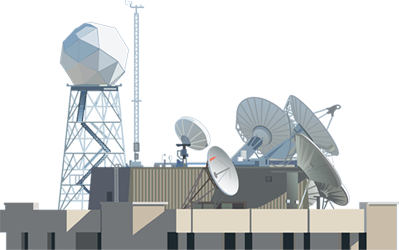Satellite Winds
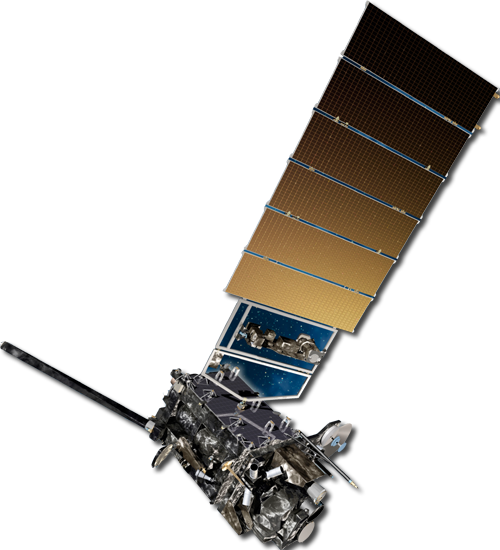
Measuring the Speed of Moving Objects - II
What happens if the object we are tracking does not travel in a straight line? If
we follow the airplane example and use a straight line, our calculation of the average
speed would be incorrect. Why?
Visualize tracking a car moving over a curved road. Again we start our clock when we
take our first image.
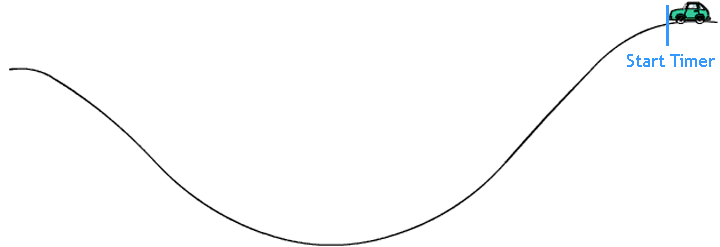
The second image is taken 15 minutes later. If the distance is measured from the front of the car in the first image to the front of the car in the second image, it travels a distance of 4 miles. Thus its apparent speed is 4/15 miles per minute or 16 miles per hour.
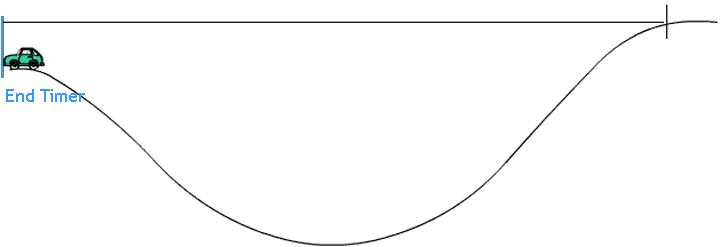
Of course, the car did not travel in a straight line! To calculate the speed of the car we have to know the path the car traveled.
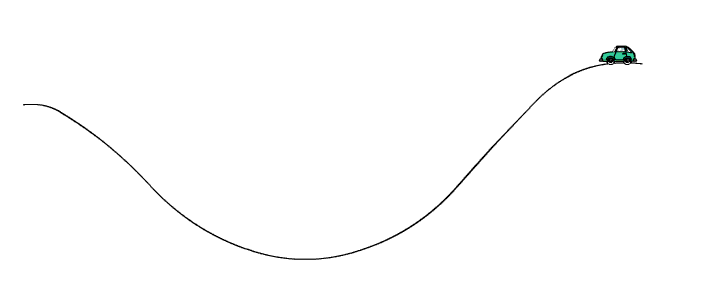
For a car this is easy, since a car typically drives along the road. So, we can calculate the distance the car traveled by measuring the length of the roadway between the two car images. The length of road the car traveled in 15 minutes is 8 miles, so the true average speed of the car is 8/15 miles per minute, or 32 miles per hour.
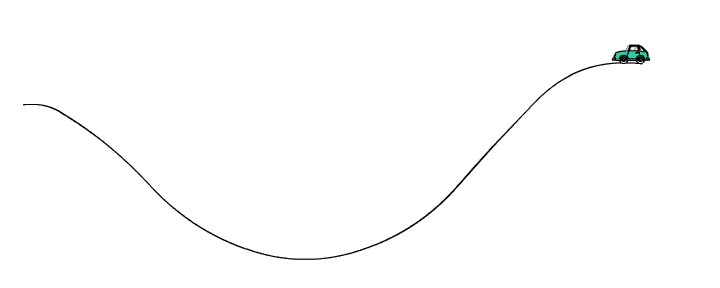
What might be problems in tracking the movement of clouds from satellites?
| 3 / 6 |
